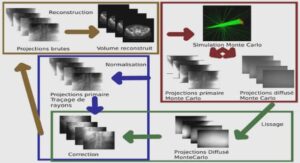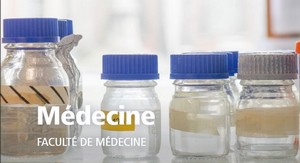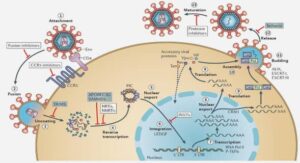Radical Synthesis of Highly Substituted Boc-Protected 4-Aminomethyl-Pyrroles
Pyrroles represent indispensable structural motifs of biologically active alkaloids, pharmaceutical products, or even materials such as conducting polymers. 142 For instance, lipitor, a pyrrole based hypochloremic agent, was for many years the largest selling drug, with annual sales in excess of 10 billion U.S. Dollars. 143 2,4-Disubstituted pyrroles are especially interesting since they are useful intermediates for the synthesis of more highly substituted derivatives and are present in a few pharmacologically significant products.144 Three examples of 2,4-disubstituted pyrrole natural products are displayed in Figure 5.1: Hymenidin is an antagonist of serotonergic receptors; pyrrolostatin is a potent inhibitor of lipid peroxidation, and heronapyrroles A and B display antibiotic activity against Gram-positive bacteria such as Staphylococcus aureus and Bacillus subtilis. There are numerous synthetic methods for the construction of pyrrole structures. In this chapter, therefore the classic named reactions and current methods for the preparation of pyrroles will be briefly discussed. However, the limitations of most known approaches to access 2,4-disubstituted and polysubstituted pyrroles bearing a protected aminomethyl group encouraged us to apply our typical radical addition process for the construction of such pyrroles. Thus, the scope and advantages of our newly designed protocol for the preparation of 2-disubstituted, 2,3-trisubstituted and polycyclic, boc-protected 4-aminomethyl-pyrroles will also be then described in this chapter.
Radical Synthesis of Highly Substituted Boc-Protected 4-Aminomethyl-Pyrroles
There is a plethora of methods to access pyrroles, especially the classical named reaction such as the Hantzsch synthesis, Paal–Knorr synthesis or Barton-Zard reaction which open up numerous opportunities for the synthesis of pyrroles. In 1890, Hantzsch reported the preparation of pyrroles via the condensation of α-halo-ketones, β-ketoesters and ammonia or amines, which is generally referred to as The mechanism is outlined in Scheme 5.2. Condensation of ammonia or primary amine with β-ketoesters gives enamine AH-1, which then attacks the carbonyl carbon of the α-haloketone to furnish intermediate AH-2. This is quickly converted to 5-membered ring AH-3 via an intramolecular nucleophilic attack. Finally, the aromatization of AH-3 affords the corresponding pyrrole AH-4. Since this reaction consists of three components, a wide scope of functional groups could in principle be incorporated by replacing the substituents on the different components to give numerous pyrrole derivatives.146 The Hantzsch synthesis can be considered as the most appropriate approach for accessing highly substituted pyrroles. Furthermore, this reaction has been extended to the preparation of indoles and carbazoles. between 1,4-dicarbonyls and primary amines (or ammonia) giving pyrroles was defined as the Paal-Knorr Pyrrole Synthesis (Scheme 5.3).147
Amarnath and co-workers investigated the mechanism of this process (Scheme 5.4).148 Their work suggested that hemiaminal VA-1 is a crucial intermediate that is formed by the nucleophilic attack of the amine on the ketone under acidic conditions. The hemiaminal VA-1 then undergoes an intramolecular nucleophilic attack to afford intermediate VA-3 followed by the dehydration to furnish the corresponding pyrrole VA-4. All 1,4-dicarbonyls, α-amino ketones or α-amino-β-ketoesters can be converted into the corresponding pyrroles by modification of this method. The reaction requires mild acidic conditions and tolerates a wide range of functional groups. These a substituted nitro-alkene with an isocyanoester in the presence of base. This is now called the Barton-Zard pyrrole synthesis (Scheme 5.5).150 It is particularly adapted for the synthesis of pyrroles with various substituents at the 3,4 positions (R2 and R3) and the 2 position can be temporally blocked by a t-butyl carboxylate, a group that is polypyrroles, and porphyrins fused with various aromatic rings or bicyclic frameworks have been achieved via this approach.




